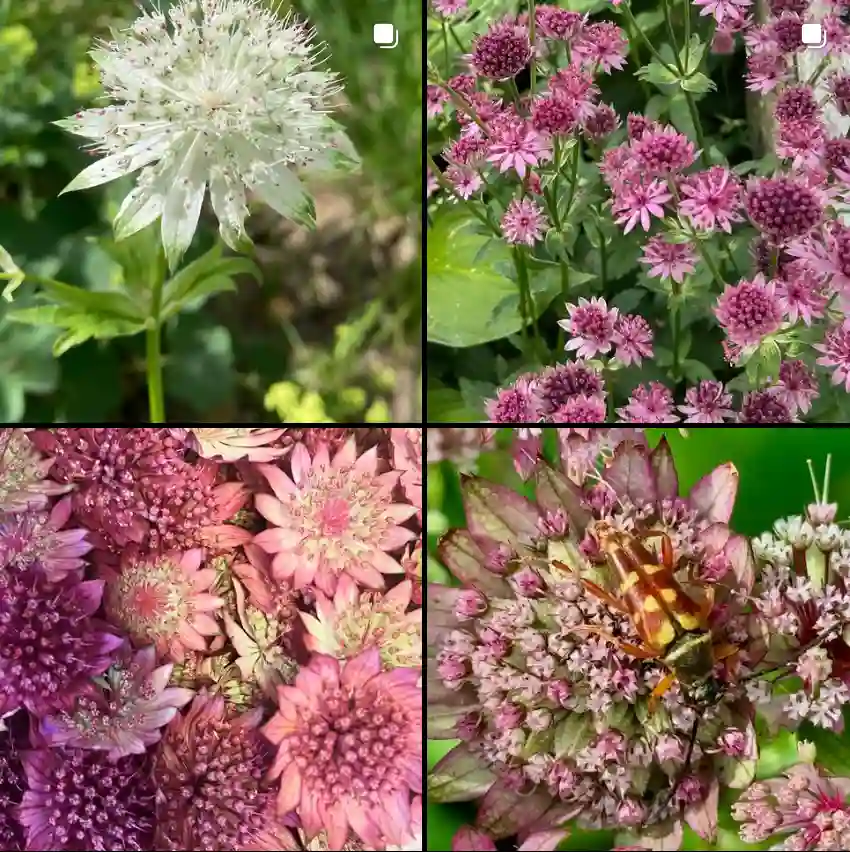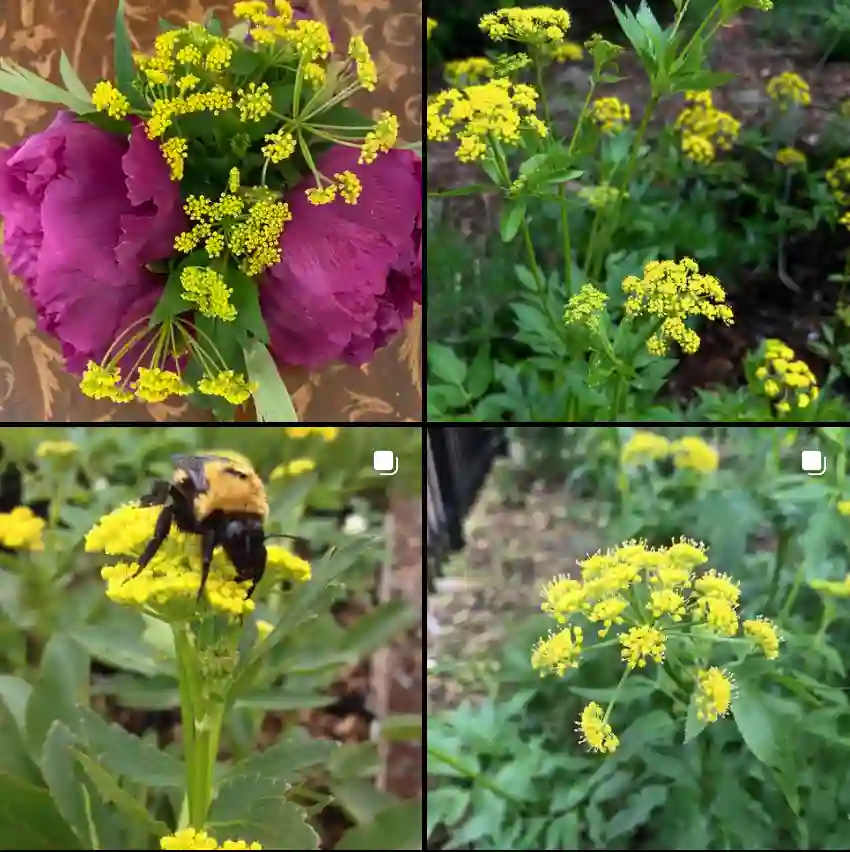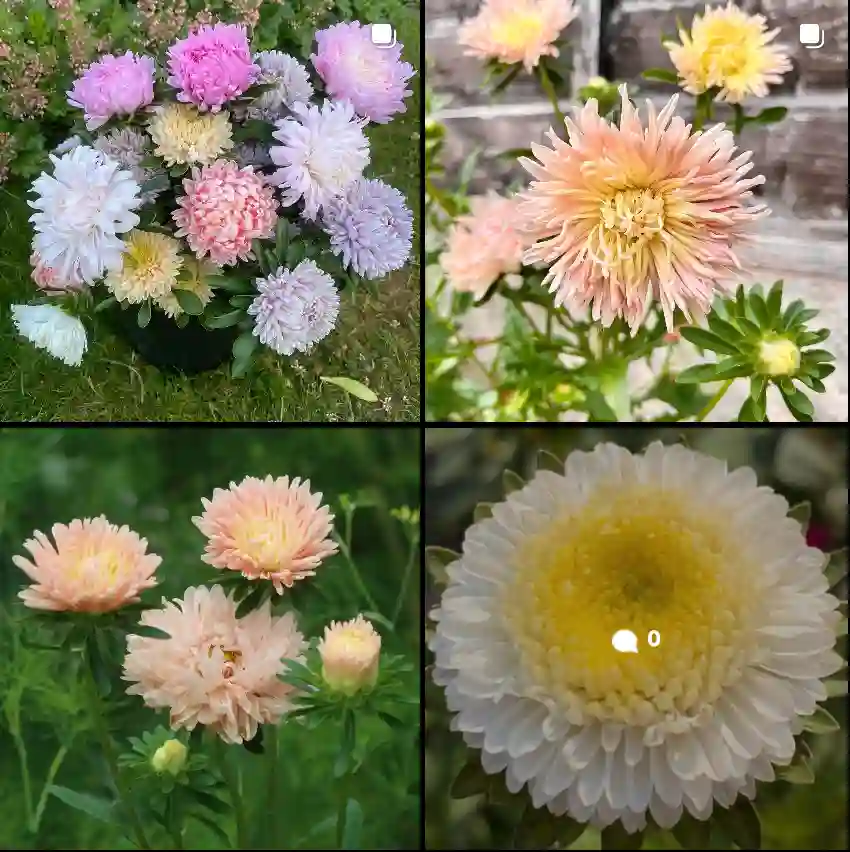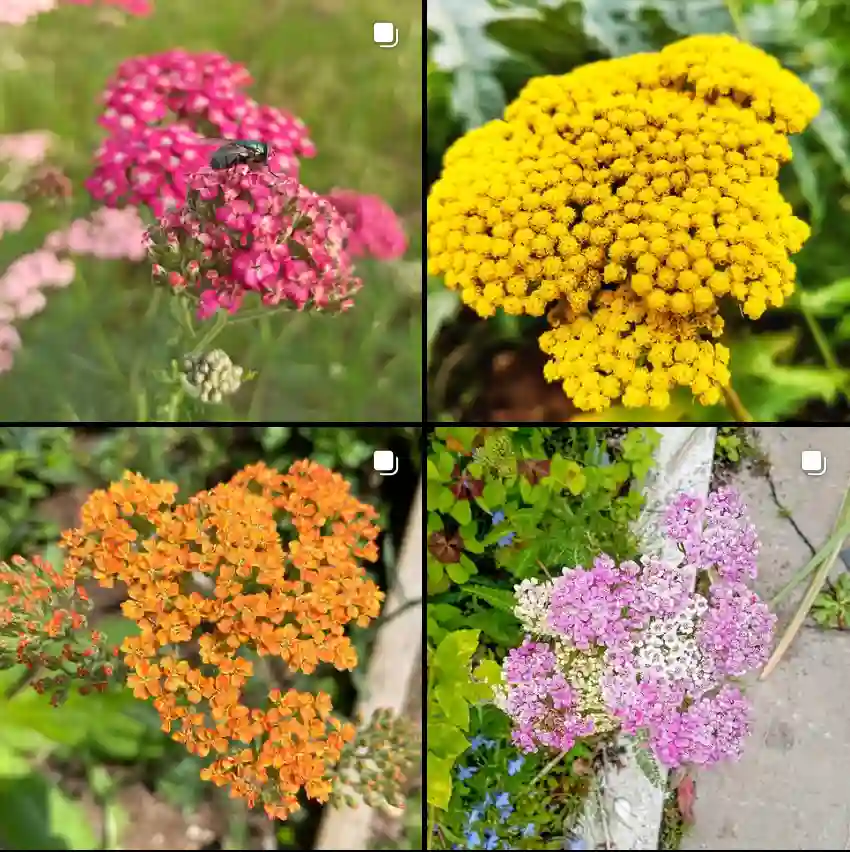Unveiling Thymelaeaceae: A Personal Exploration of a Fascinating Plant Family
Hello there, fellow nature enthusiasts! Ferb Vu here, embarking on a journey to unravel the mysteries of a plant family that has piqued my curiosity – Thymelaeaceae. This family, often overshadowed by more flamboyant floral counterparts, boasts a subtle beauty and an array of intriguing adaptations that make it worthy of our attention. Join me as I delve into its distinctive characteristics, notable members, and the vital ecological roles they play.
Distinctive Traits of Thymelaeaceae
Thymelaeaceae plants are renowned for their tough, fibrous bark, which has historically been utilized for crafting cordage, paper, and even clothing. Many members of this family possess simple, evergreen leaves, often arranged alternately along the stems. Their flowers, though sometimes inconspicuous, can exhibit a delicate charm with their four or five petals often fused into a tube. One particularly captivating feature is the presence of a hypanthium, a cup-like structure formed by the fusion of the sepals, petals, and stamens at the base of the flower. This unique characteristic adds an extra layer of intrigue to the blossoms of Thymelaeaceae.
Genera of the Thymelaeaceae Family
Thymelaeaceae encompasses a diverse range of genera, each with its own distinct personality. Let’s explore members:
- Daphne: This genus is celebrated for its fragrant flowers, which often fill the air with a sweet perfume. Some popular species include Daphne odora (Winter Daphne) and Daphne mezereum (February Daphne). – 106 Species in Genus Daphne
- Pimelea: This genus boasts an impressive array of species, many of which are native to Australia. They showcase a wide variety of flower colors and growth habits, adding a splash of vibrancy to their respective ecosystems.
- Gnidia: Primarily found in Africa, Gnidia species are recognized for their hairy leaves and colorful flowers. Their adaptability to various habitats, from grasslands to rocky outcrops, is truly remarkable.
- Wikstroemia: This genus features a range of shrubs and small trees, often inhabiting tropical and subtropical regions. Some species are known for their medicinal properties, traditionally used to treat various ailments.
- Aetoxylon (Airy Shaw) Airy Shaw
- Amyxa Tiegh.
- Aquilaria Lam. – 21 Species in Genus Aquilaria
- Arnhemia Airy Shaw
- Atemnosiphon Leandri
- Craterosiphon Engl. & Gilg
- Dais D.Royen ex L. – 2 Species in Genus Dais
- Daphnimorpha Nakai
- Daphnopsis Mart.
- Deltaria Steenis
- Diarthron Turcz.
- Dicranolepis Planch.
- Dirca L.
- Drapetes Banks ex Lam.
- Edgeworthia Meisn. – 5 Species in Genus Edgeworthia
- Englerodaphne Gilg
- Enkleia Griff.
- Eriosolena Blume
- Funifera Andrews ex C.A.Mey.
- Gonystylus Teijsm. & Binn.
- Goodallia Benth.
- Gyrinops Gaertn.
- Jedda J.R.Clarkson
- Kelleria Endl.
- Lachnaea L.
- Lagetta Juss.
- Lasiadenia Benth.
- Lasiosiphon Fresen.
- Lethedon Biehler
- Linodendron Griseb.
- Linostoma Wall. ex Endl.
- Lophostoma Meisn.
- Octolepis Oliv.
- Ovidia Meisn.
- Passerina L.
- Peddiea Harv.
- Phaleria Jack
- Restella Pobed.
- Rhamnoneuron Gilg
- Schoenobiblus Mart.
- Solmsia Baill.
- Stellera L. – Stellera Chamaejasme in Genus Stellera
- Stephanodaphne Baill.
- Struthiola L.
- Synandrodaphne Gilg
- Synaptolepis Oliv.
- Tepuianthus Maguire & Steyerm.
- Thymelaea Mill.
Ecological Significance of Thymelaeaceae
Thymelaeaceae plants, while often understated, contribute significantly to the delicate balance of their ecosystems. Their tough bark and fibrous roots help to stabilize soils and prevent erosion, particularly in arid or disturbed areas. They serve as valuable food sources for various insects, birds, and mammals. Furthermore, some species have developed fascinating relationships with pollinators, attracting them with their fragrant flowers or unique floral structures.
Concluding Thoughts
As we conclude our exploration of the Thymelaeaceae family, let us appreciate the subtle beauty and ecological importance of these often-overlooked plants. Their tough resilience, diverse adaptations, and intricate relationships with other organisms make them an integral part of the natural world. Next time you encounter a member of Thymelaeaceae, take a moment to admire its unique features and the vital role it plays in its ecosystem. I hope this journey has inspired you to discover the hidden wonders of the plant kingdom, one family at a time. Remember, even the most unassuming plants can hold remarkable stories waiting to be unveiled. Until next time, happy exploring!
If i die, water my plants!



